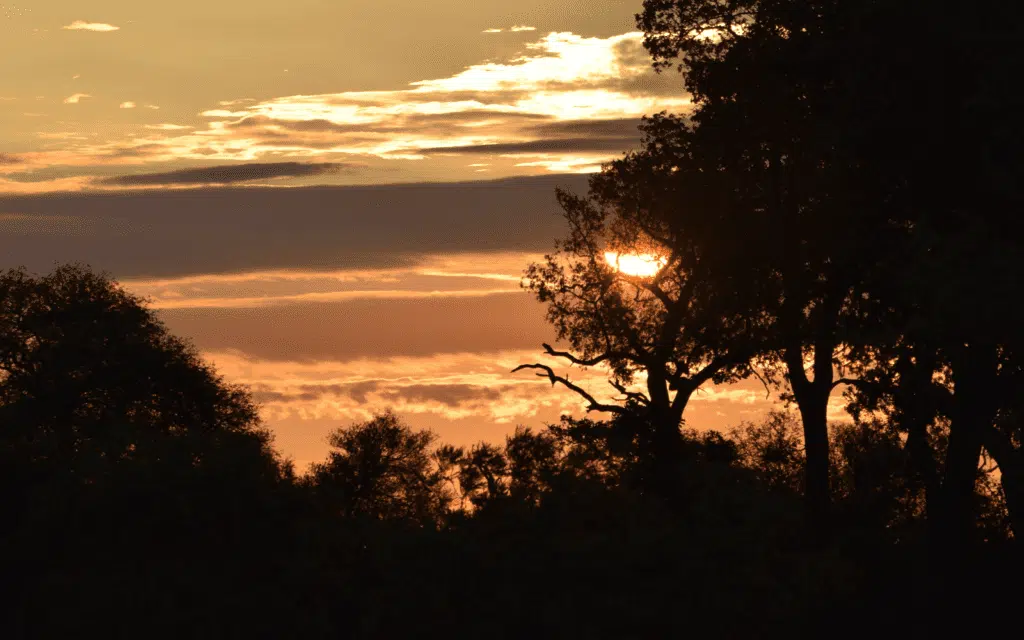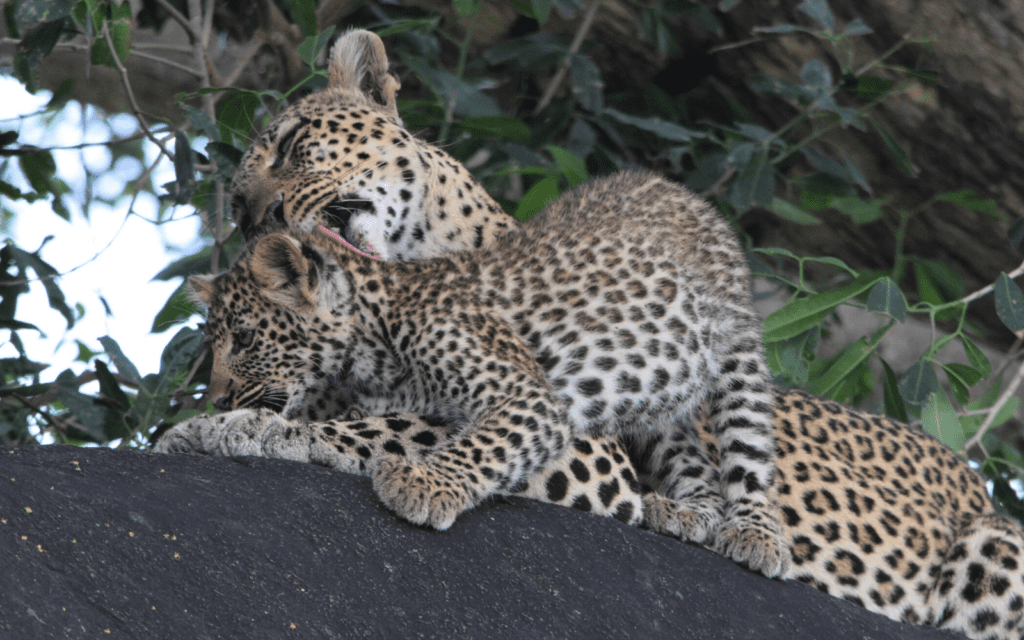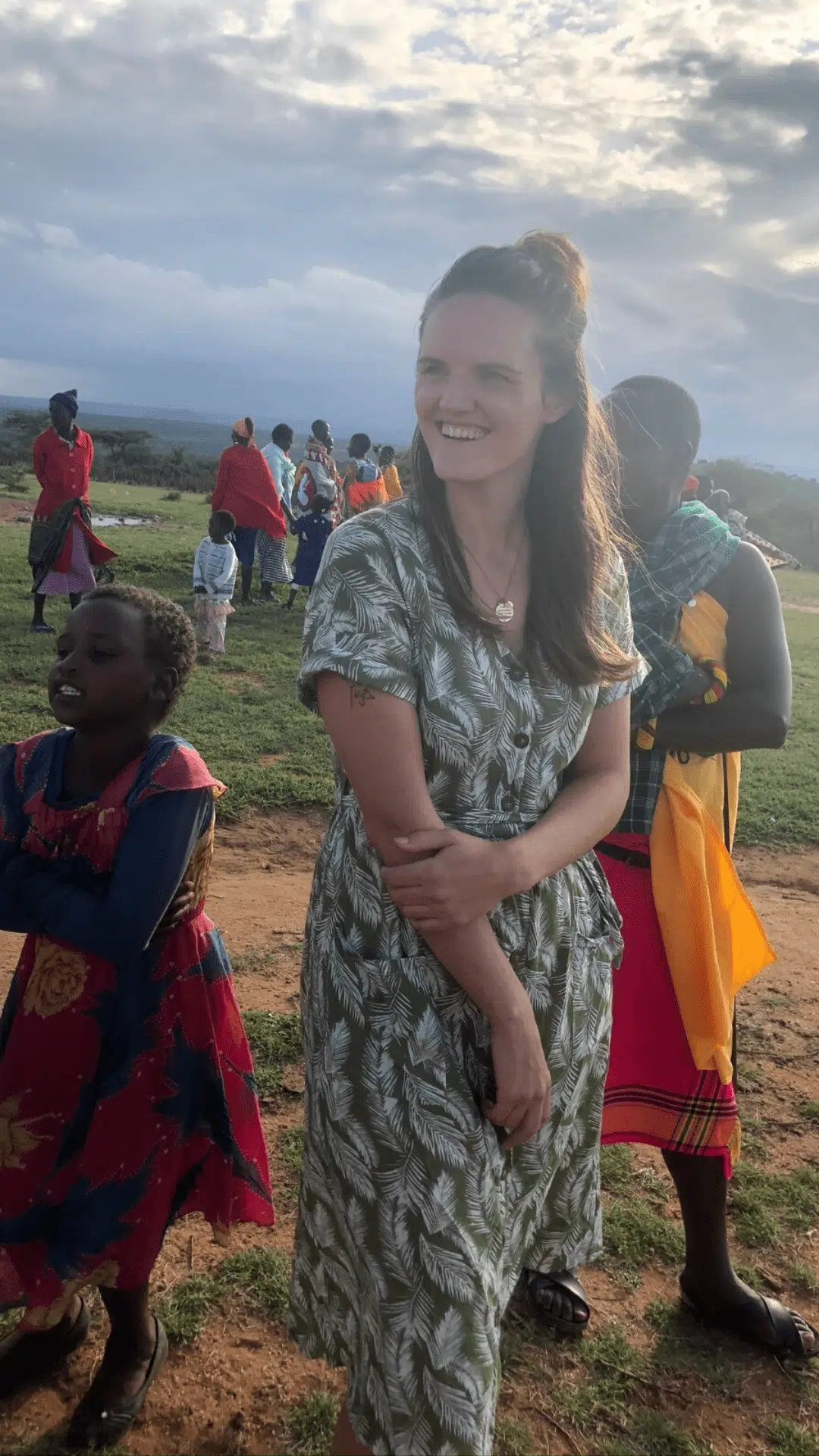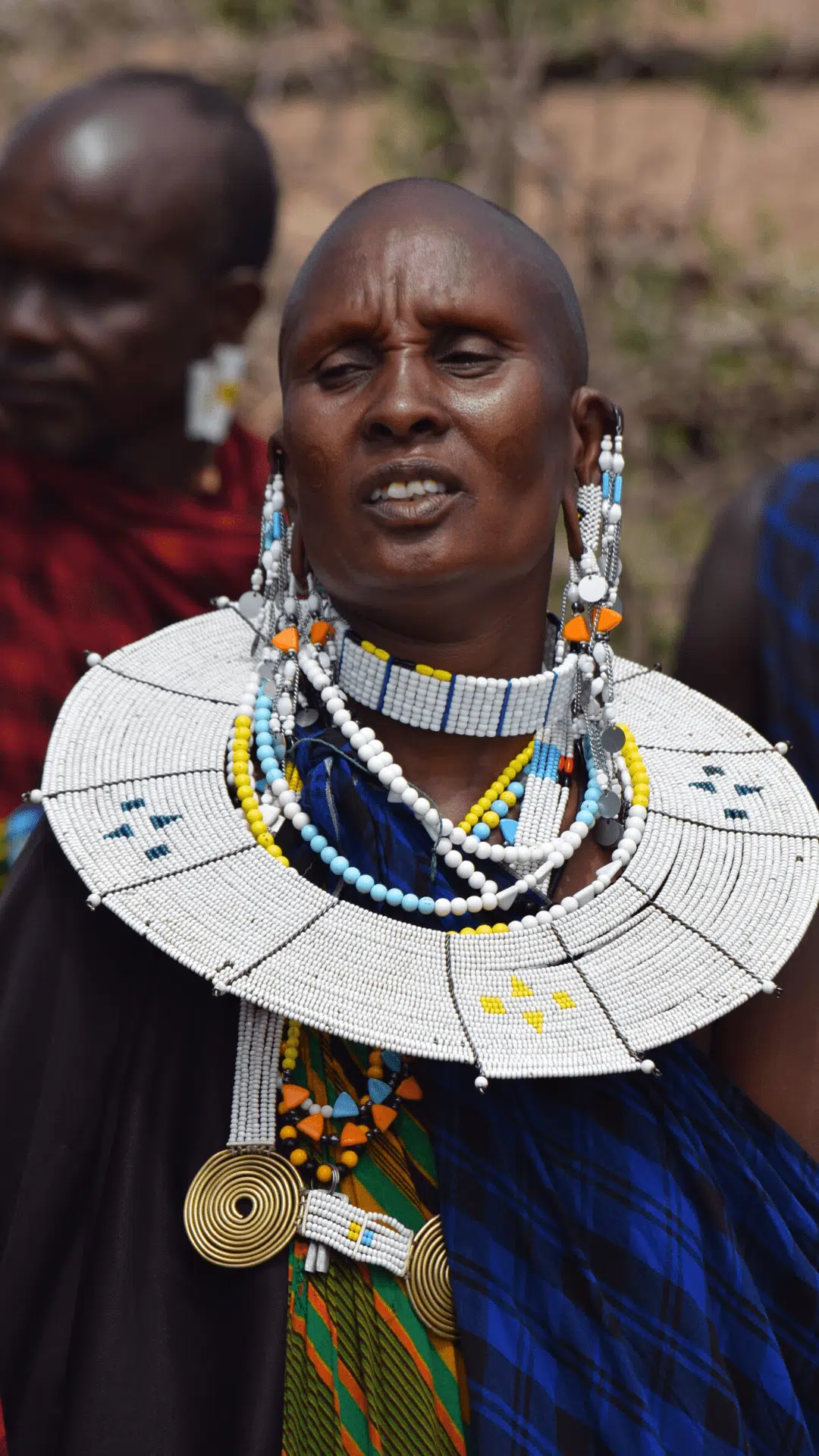Here is something they don’t tell you in Travel Designer school:
Travel Designers take almost ALL their holidays during the off season or the shoulder season.
(Also, Travel Designer school may exist, but in my experience, the best way to become a Travel Designer is to be born with the desire to help people travel and then live the product and the countries.)
Now. Before you start feeling sorry for me, I am going to let you into a secret.
Living on the continent allows me to pop in and out of the bush easily. And shoulder season is a GREAT time to travel.
Here’s why:
I know you have probably already tapped the grapevine and found that everyone thinks the best time to visit Africa falls between June and September. “The rains are over,” they say. “The weather is cooler, and game viewing is excellent,” they can’t wait to add.
This is all true; however, because of their popularity, these months also come with higher price tags and loads of other people, particularly families, as they coincide with schools closing for the summer. (And this means that you won’t only be sharing your holiday with o.p.k. (other people’s kids) you will also be flying ‘first class or with children’.)
If you happen to have a little more flexibility in your travel dates, I really want to tell you all about the magic of the “shoulder season.”
When is this secret time, you ask?
Pick a couple of months either side of the standard safari season and travel between March and May or during October and November.
Of course, all countries are not created equal, but here is what I found during my travels through Africa in 2019:
EAST AFRICA
 I went to East Africa during March of last year and returned again in November.
I went to East Africa during March of last year and returned again in November.
In March
My first visit happened to be right after the birthing season (late January and February) and before the long rains. This meant that March blessed me with excellent sightings of baby animals under clear blue skies, and there was no dust in the air.
As the vegetation had started to dry out so long after the end of the short rains of November, the wildlife visibility was excellent. March typically does not coincide with any long holidays, and so many of the camps where I stayed were empty, and I ended up feeling like a celebrity with everyone pampering me from early morning until the stars took over the vigil as all the last candles were put out for the night.
If that does not make you jump at the chance of visiting East Africa in March, maybe I should also mention that the accommodation rates drop after the 15th of the month?
In November
This is technically the middle of a rainy season, but November’s rains are called the “short rains” for a reason. I found my typical day to be beautifully clear with large storms brewing in the evening. If you haven’t slept under canvas during an African storm, have you even lived?
Occasionally the rain did make its appearance during the day. When this happened, the run-up to the storm was usually spectacular and after a couple of hours of fun courtesy of the camp’s game box (or the odd snooze to catch up after those super early wake-up calls) we would head out to find the wildlife venturing out into the open with us the moment the sun came out. Big cats and wild dogs don’t love being wet, and we would find them avoiding the soggy grass and walking along the vehicle tracks or dirt paths – cue incredibly close encounters.
I am intensely interested in the culture of my home continent, and across Africa, I know people will celebrate after rain. Crops are growing, and livestock is thriving. Markets overflow with produce, people are getting married, and many ceremonies — like the initiation of the Maasai and Samburu boys — will take place at this time of the year.
When you are lucky enough to find yourself visiting the region in the right place at the right time, you can enjoy remarkable cultural interactions during your safari.
SOUTHERN AFRICA

I was also lucky enough to experience more of Southern Africa (and return to some of my favorite locations for a catch-up) twice during last year’s shoulder season.
In May
You might find a lovelier temperature somewhere else on earth but I think May in Southern Africa is pretty perfect. Around one or two months after the last rains of the region, temperatures are dropping a little, and this allows the wildlife— who are sluggish during the heat of summer and like to linger in the shade — to start being more active during all hours of the day.
In the deepest winter, the bush can look very sparse and dry, but in May, vegetation is still beautiful and green. The wildlife enjoyed having enough food around, and I loved the quiet, one-on-one sightings I could experience as the bush was starting to thin out a little, but the crowds had not yet arrived.
I enjoy taking photographs, and when the dust settles after the rains, the skies are striking. Crisp early mornings come alive with that magical golden light.
And in your viewfinder, as an added bonus, you will spy all the baby animals born during the rains.
In October/November
If you can handle the heat… you will be greatly rewarded with utterly astounding, action-packed game viewing.
Daily temperatures are easily 90oF (32oC) and higher in the Okavango Delta, South Luangwa, Kruger & Hwange National Parks.
Vegetation has now all but dried up, and predators know that their prey will be congregated around perennial rivers and lagoons. This is very much a time for the survival of the fittest with the weak or injured being first pickings for lion, leopard, or cheetah. It is also one of my favorite times of the year to spot rhino as they don’t venture far from watering holes, and with the bush not being as thick, visibility is excellent.
There is a lot of dust, but if you dream of an incredible African sunset, the same dust is ready and willing to turn the last rays of the sun into vibrant reds, oranges, and pinks. The sky, it seems, is on fire (and so will your Instagram account be after you post your pictures).
I’m already excited about my 2020 travel calendar.
See you on safari in the shoulder season.
All images ©️ Kim Killick



